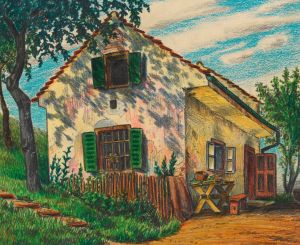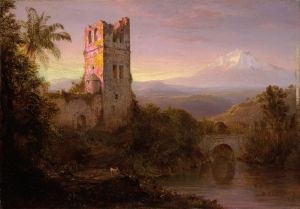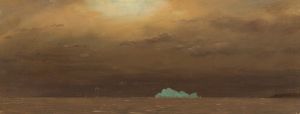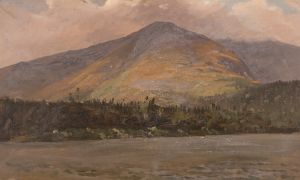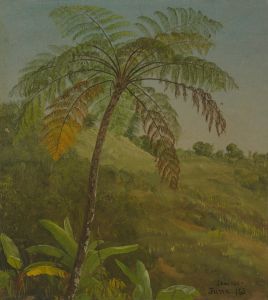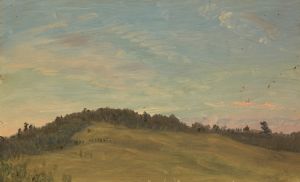
Two Houses in Barranquilla, Colombia
A hand-painted replica of Frederic Edwin Church’s masterpiece Two Houses in Barranquilla, Colombia, meticulously crafted by professional artists to capture the true essence of the original. Each piece is created with museum-quality canvas and rare mineral pigments, carefully painted by experienced artists with delicate brushstrokes and rich, layered colors to perfectly recreate the texture of the original artwork. Unlike machine-printed reproductions, this hand-painted version brings the painting to life, infused with the artist’s emotions and skill in every stroke. Whether for personal collection or home decoration, it instantly elevates the artistic atmosphere of any space.
Frederic Edwin Church (1826–1900) was a prominent American landscape painter and a central figure in the Hudson River School, a mid-19th century American art movement known for its realistic and detailed portrayals of American landscapes and wilderness. Church is renowned for his large-scale, dramatic landscapes that often depict natural wonders and exotic locales.
"Two Houses in Barranquilla, Colombia" is one of Church's lesser-known works. While Church is primarily celebrated for his grand depictions of the American landscape and his travels to South America, particularly the Andes, this particular painting focuses on a more intimate and localized scene in Barranquilla, a city in northern Colombia. The painting captures two houses, likely reflecting the architectural style and cultural atmosphere of the region during the time of Church's visit.
Church's journey to South America was inspired by the writings of the German naturalist and explorer Alexander von Humboldt, whose accounts of the continent's diverse landscapes and ecosystems captivated Church's imagination. In 1853 and 1857, Church traveled to South America, where he sketched and gathered material for his paintings. These trips resulted in some of his most famous works, such as "The Heart of the Andes" and "Cotopaxi."
"Two Houses in Barranquilla, Colombia" is indicative of Church's interest in capturing the essence of the places he visited, not just through grand vistas but also through more personal and localized scenes. The painting likely reflects Church's attention to detail and his ability to convey the atmosphere and character of a place through his art. While the painting itself may not be as widely recognized as some of his larger works, it contributes to the broader understanding of Church's oeuvre and his exploration of South American themes.
Church's work is characterized by its meticulous attention to detail, vibrant use of color, and dramatic compositions. His paintings often convey a sense of awe and wonder at the natural world, reflecting the Romantic ideals of the sublime and the picturesque. In "Two Houses in Barranquilla, Colombia," these qualities may be observed in the way Church captures the interplay of light and shadow, the textures of the buildings, and the surrounding environment.
The significance of "Two Houses in Barranquilla, Colombia" lies in its representation of Church's broader artistic journey and his exploration of diverse landscapes and cultures. While the painting itself may not have achieved the same level of fame as some of his other works, it remains an important piece within the context of his travels and artistic development.
Overall, Frederic Edwin Church's "Two Houses in Barranquilla, Colombia" offers a glimpse into the artist's engagement with South American subjects and his ability to capture the unique character of the places he visited. Through this painting, Church contributes to the rich tapestry of 19th-century landscape art and the cultural exchange between North and South America during this period.





